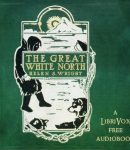
Great White North
Sketches of those who braved the ‘Great White North’ in exploration and adventure. – Summary by KevinS [chương_files]

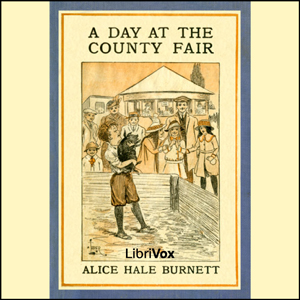
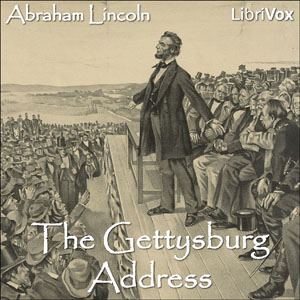
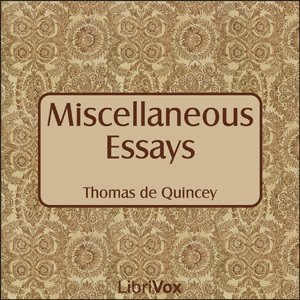
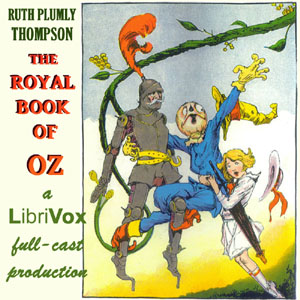
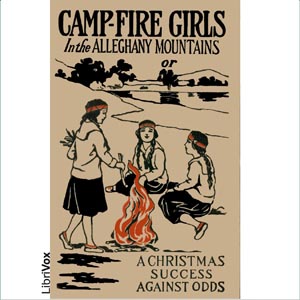
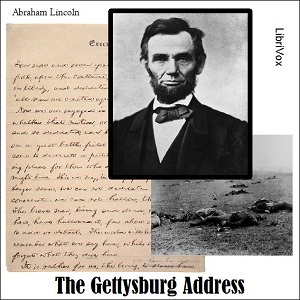


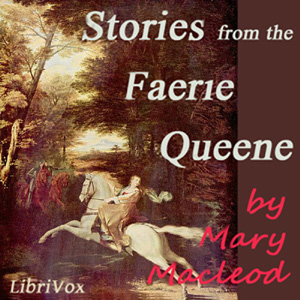





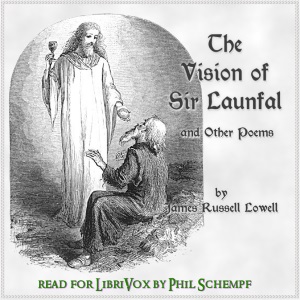



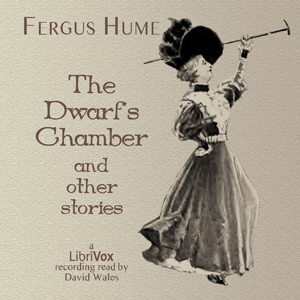



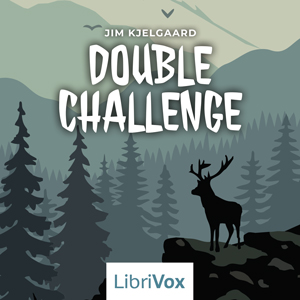


Sketches of those who braved the ‘Great White North’ in exploration and adventure. – Summary by KevinS [chương_files]
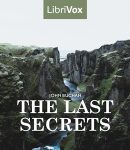
The author, John Buchan, maintains that “the main lines of the earth’s architecture have been determined” during the first two decades of the twentieth century, and all that remains is but “amplifying our knowledge of the groyning and buttresses and stone-work.” In this history of exploration, he tells of nine of those momentous final discoveries that placed the earth’s last big secrets firmly on the map, from the mysterious “cloud city” of Lhasa, to the slopes–but not yet the summit–of Mount Everest. – Summary by Steven Seitel [chương_files]
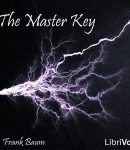
The Master Key was one of Baum’s earliest full length fantasy books for children, published in 1901 just one year after The Wonderful Wizard of Oz. The protagonist, Rob, while experimenting in his workshop, accidentally summons up an electrical fairy who presents him with electrical devices so advanced as to seem magical. His gifts include a flying contraption, a stun gun, and something resembling an omniscient portable TV set. Rob travels the world, rendering assistance to European heads of state and narrowly escaping disaster at the hands of “primitive” cannibals, Turks and Tatars, pirates, and evil scientists who try to steal his inventions. It’s great fun, despite the occasional use of racial stereotypes that reflect the values of its time. [chương_files]

Edith Nesbit’s classic story, in which three children, pulled suddenly from their comfortable suburban life, move to the country with their mother, where they come to know and love the ways of the railways. (Summary by Karen Savage) [chương_files]
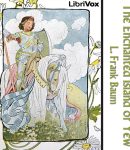
A fairy has become bored with her life, and convinces some young girls to transform her into a human boy so she can go on adventures. The adventures come fast and furious, as the newly-named Prince Marvel explores the surrounding kingdoms. A masochistic squire accompanies Marvel, helping him with assorted kings, knights, dragons, and other medieval menaces along the way. (Summary by Ted Delorme) [chương_files]
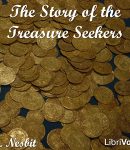
This is the story of the Bastable children and their attempts to help the family finances by searching for treasure. (Summary by Karen Savage) [chương_files]
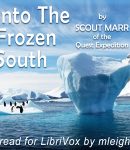
James Marr was a Boy Scout selected to go along with Sir Ernest Shackleton aboard the Quest in 1921 for the Shackleton–Rowett Expedition to Antarctica. This book provides a description of what would be Shackleton’s last exploration due to his untimely death en route. – Summary by mleigh [chương_files]
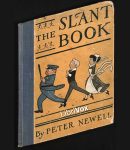
This recording of Peter Newell’s The Slant Book (1910) kicks off voiced renderings by LibriVox of public domain books in the International Children’s Digital Library (ICDL). The ICDL book can be found at: http://www.childrenslibrary.org/. The Slant Book is literally the shape of a parallelogram, with the spine of the book running down one side. When opened, facing pages form a “V” shape. All the pictures on the slanted recto pages show a way-too-precocious infant in a carriage [the “go-cart” of yesteryear] racing downhill who has somehow gotten away from his nanny, gleefully creating havoc all along the way! The facing verso pages contain two stanzas of commentary on the charming –if alarming!– illustrations. This book pioneered the “special format” children’s literature of today, such as pop-up books or cutout books like Eric Carle’s The Very Hungry Caterpillar. Newell books from 80 years ago have been reprinted, since Newell has undergone a resurgence in popularity much as Dr. Seuss’s books did during the 1980s. This is a boon for teachers and home-schooling parents, since this recording can now be listened to as youngsters page through a real book (ISBN: 080-480-5326) or as they view the ICDL scanned version online (both are a real treat)! (Summary by Denny Sayers) [chương_files]
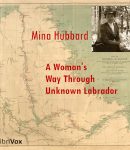
Mina Benson Hubbard set out in 1905 on a 576 mile canoe journey across the interior of Labrador with the assistance of four guides. Her husband Leonidas Hubbard had perished in an attempt to make the same trip in 1903 while working as a writer for an outdoor magazine. Mrs Hubbard was the first person to accurately map the river routes her expedition followed. The story of her journey is followed at the end of the book by her husband’s diary of his ill-fated trip and an account by George Elson of his efforts to save himself and his companions, and ultimately to recover Mr Hubbard’s body. A map of Labrador made by Mrs. Hubbard during her travels can be found on this page – Summary by Zach Hoyt [chương_files]
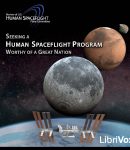
“The [Review of U.S. Human Space Flight Plans Committee] shall conduct an independent review of ongoing U.S. human space flight plans and programs, as well as alternatives, to ensure the nation is pursuing the best trajectory for the future of human space flight – one that is safe, innovative, affordable, and sustainable. The Committee should aim to identify and characterize a range of options that spans the reasonable possibilities for continuation of U.S. human space flight activities beyond retirement of the Space Shuttle. The identification and characterization of these options should address the following objectives: a) expediting a new U.S. capability to support utilization of the International Space Station (ISS); b) supporting missions to the Moon and other destinations beyond low Earth orbit (LEO); c) stimulating commercial space flight capability; and d) fitting within the current budget profile for NASA exploration activities.” This is their final report. – Summary by from the Committee Charter [chương_files]
Copyright © 2024 | FreeAudible